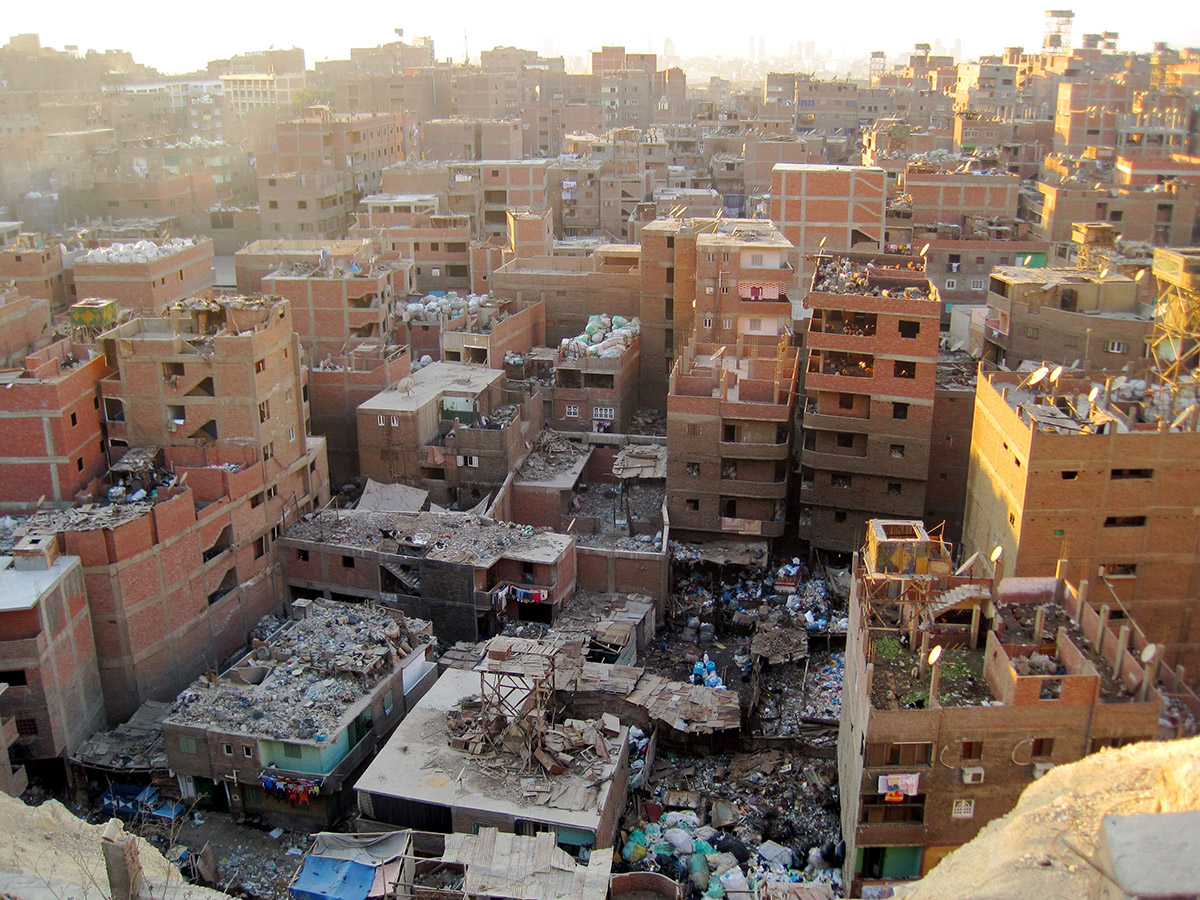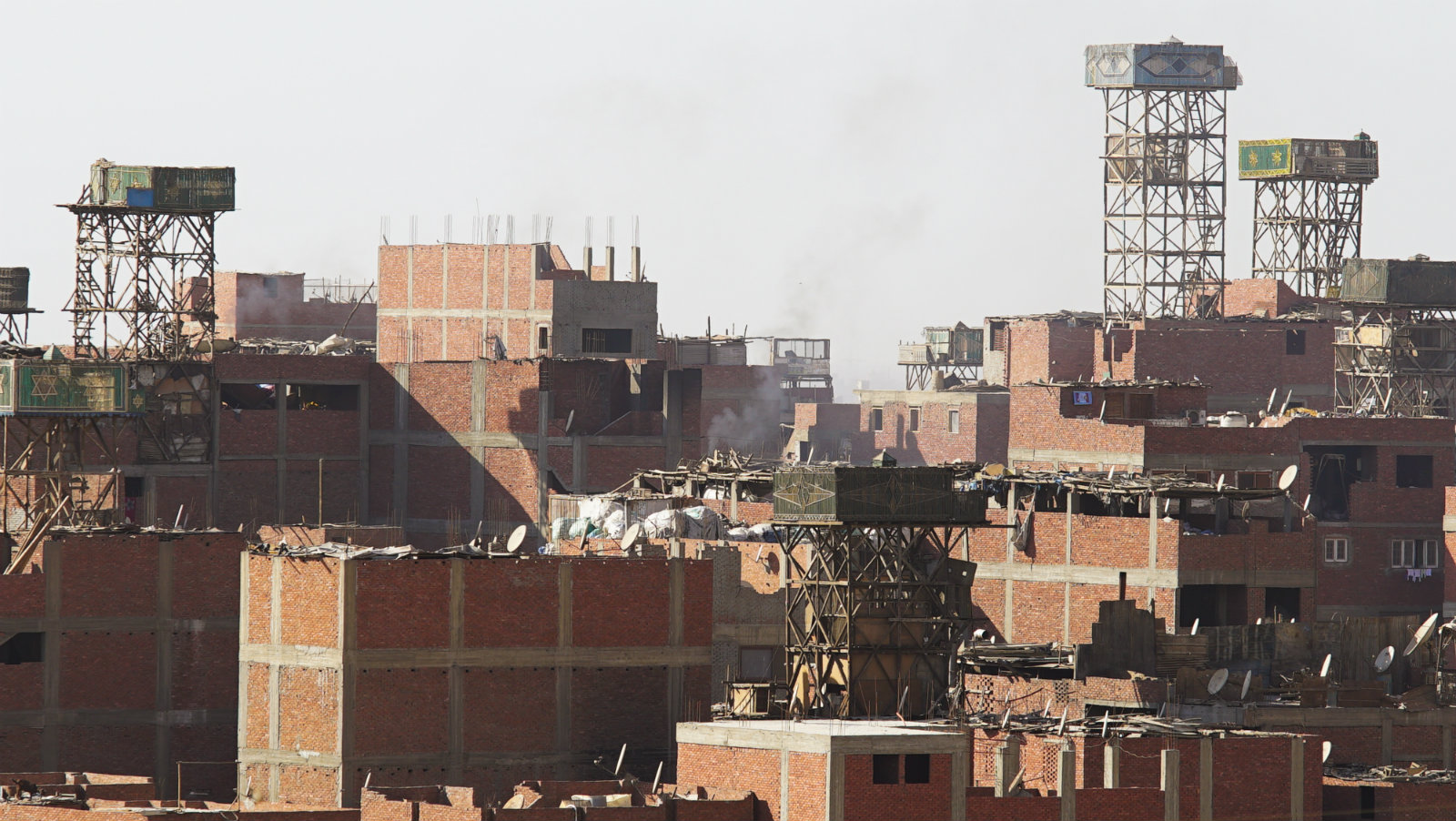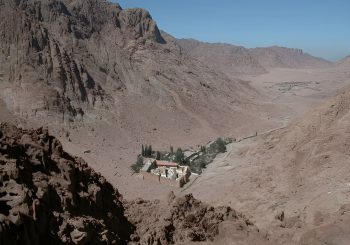In May 2021, I was sitting with my Arabic teacher in an informal street restaurant located in a few tight alleyways in Alexandria’s Shatby district. I was asking him about the area. He looked up, “all of these buildings are illegal you know.” I followed his gaze up to the towering constructions tightly packed around us. He pointed to a building that was banking to one side, a modern day leaning tower of Pisa. “People are still living there,” he lamented, pointing to the clothes hanging from the decrepit balconies, “it’s not safe, it will fall.”
This is by no means an isolated case. According to a recent report, over two million building violations were recorded between 2000 and 2017. It is a problem that has been brewing for a while now, in 2013 the BBC described it as a “time bomb,” and until last year, very little was done to defuse the situation.
A history of neglect
The story behind the rise in illegal buildings is inextricably linked to the recent story of Egyptian governance as a whole. Illegal constructions started booming in the latter years of former President Hosni Mubarak’s rule. When revolution struck in early 2011, many investors took advantage of the chaos to build as much and as fast as they could, bypassing all of the old regulations. Tall, unsturdy buildings appeared in their thousands, often with little to no action taken by authorities.

In 2013, the Financial Times investigated the building boom and spoke to residents in the new constructions. One of the residents candidly told the reporter, “If anyone [from the government] comes to make trouble, I would give him some money to keep him sweet.” In other cases, government officials were so distracted elsewhere that no one even came in search of bribes. “No bribes now. It is a good chance to do what you want. There is no government control,” an urban planner specialising in Cairo construction told the paper.
This continued for a few years through the short-lived reign of former President Mohamed Morsi, and then buildings started to collapse; people were dying as a direct result of this neglect. In the early 2010s engineers estimated that 20 buildings were collapsing each year in Alexandria alone, killing dozens. At the time, the BBC spoke to a 16-year-old boy named Mohammed who lost his entire family when an illegal building collapsed on them: “My whole family were on the ground floor, it took a day to find their bodies.”
When President Abdel Fattah Al-Sisi took control the following year, it brought some stability and certainty. Some hoped for big changes, but others believed simply demolishing the buildings ignored the more profound underlying issue: where to house the people.
A growing population and a compromise, of sorts
Since 1960, Egypt’s population has almost quadrupled, rocketing from 26 million to over 102 million in 2020, and is growing by over a million each year. One of the biggest challenges this poses is one of the most basic: where will these people live? Last year The World Bank announced another USD 500 million towards a project in partnership with the Egyptian government to provide one million ‘affordable’ housing units by 2024, which will help to alleviate pressure for future generations of Egyptians but this number pales in comparison to the number of pre-existing units illegally built now housing large swathes of the population.
For many, illegal buildings, many of which still have concrete and steel rods spiking out from incomplete top floors, provided an imperfect but affordable solution, a solution that many policy makers seem to have grudgingly accepted as well.

The tough truth is that Egypt cannot afford, both in time and money, to raze the current constructions and build new, better units despite its ongoing efforts. This is a reality made more bitter due to the million hectares of valuable farmland that was lost to illegal constructions in recent years, a problem that may become increasingly pertinent in the coming years as Egypt needs to feed its burgeoning population.
For now, the government has come to a compromise that will allow the vast majority of these buildings to stay standing, for a cost. Last year the government announced a plan to review millions of buildings across Egypt. Inviting owners to report and “reconcile” building violations, the government has chosen to legalise most of the illegal buildings, but for a fee. The settlement fee ranges widely between EGP 50 to 2,000 per square metre of land.
Reuters reported on the financial struggle this has caused for many residents who are facing fees almost equalling their yearly income, fearing their buildings will be demolished if they can’t pay. In some areas, the government has followed a ‘pay now, check later’ policy whereby landlords can pay to legalise their units without an inspection—supposedly in cases where buildings are structurally sound, though how this will be determined without inspection is yet to be fully explained—and thereby connect to public utilities. So far the government has reported 2.8 million requests to settle building violations.
Egypt’s economy has been significantly impacted during the COVID-19 pandemic, making a cheaper policy like this even more favourable to the Finance Ministry.
As a more economically efficient solution which actually raises money, the policy will allow the government to focus on other measures to alleviate poverty, including the multi-billion EGP Decent Life Initiative, which aims to provide better public services in impoverished areas, where most of these buildings are located.
An effort to look tough
The conciliatory policies, however, do not extend to the many buildings constructed on public land, or those obviously lacking structural integrity. Last year, the Sisi administration went on an unprecedented spree of demolitions, knocking down over 25 thousand illegal properties in just 65 days. In early 2021, officials were forced to demolish a high-rise in Alexandria after residents reported it leaning dangerously to one side.

Although this may be an effective push by the government to show they are tough on tackling the crisis, the reality is that there will be no dramatic changes to the Egyptian skyline; most of the buildings—however ugly, and cheaply made—are here to stay, for the time being at least. The government has estimated that the regeneration of Egypt’s slums will total between EGP three and four trillion: it is no easy feat and will take decades to solve.
In the spring of 2021, I went for dinner with a friend at their flat in one of Alexandria’s sprawling suburbs along the coast. The neighbourhood was filled with high-rises. As we got into the lift he turned to me and said, “buildings legally should be five storeys here,” he smiled, shook his head, and pressed the button to floor 10.






Comments (6)
[…] Brick by brick: the story of Egypt’s illegal construction epidemic […]
[…] Source link […]